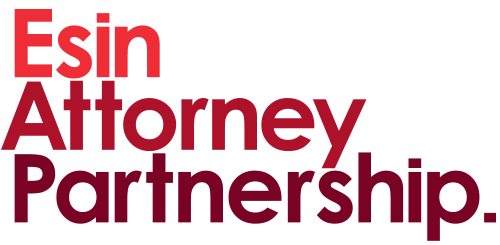Recent development
In an effort to boost domestic saving rates and to increase employee welfare, on August 25, 2016, the Private Pension Law was amended to include the automatic enrollment of employees to the private pension system. The changes are set to take effect on January 1, 2017.
What the law says
- Employees under 45 years old as of 1 January 2017, who work in either the private or public sector, must be automatically enrolled by their employers in private pension plans.
- Employees will have an opt-out right to be exercised within two months after receiving their participation notification in the private pension plan. If exercised, the contributions paid to the private pension company and any returns on savings must be repaid to the employee within ten business days.
- The contribution margin per employee is 3% of their gross income. The Council of Ministers has the authority to (i) increase the margin up to 6%; (ii) decrease the margin down to 1%; or (iii) set a fixed limit on the margin per employee. The employee can request its employer increase the contribution margin.
- A 25% government contribution will be made into the private pension savings accumulated through auto-enrollment, subject to current vesting periods.
- The employer must transfer the contribution margins to the private pension company at the latest one business day following the salary payment date by deducting them from the employees’ salaries.
- If an employee enrolled in a private pension plan changes his workplace, his savings will be transferred to the new employer’s private pension company; the pension periods to be taken into account in the determination of the employee’s retirement and taxation regime will not be affected by such change. If there is no private pension plan in the new workplace, the employee can request to continue being covered under the existing private pension plan and pay the contributions.
- In addition to the government contributions (25% of the employee’s monthly contribution to the private pension company), the government will now also provide a one-off contribution of TRY 1,000 per employee following the initial enrollment of the employee to the private pension plans. This additional contribution is subject to vesting conditions and periods applicable to the 25% government contribution plans.
- Upon retirement, the employee has the choice of receiving their savings in a one-lump sum or as a monthly annuity over the course of several years. If the employee chooses to receive their pension in annuities exceeding 10 years, the state will provide an extra 5% contribution of a private pension customer’s total savings.
- The private pension savings may be used as a source of income for the sovereign wealth fund, a new sovereign fund expected to invest in infrastructure projects.
- The private pension companies can only charge a fund management fee to the employees under the auto-enrollment scheme.
- The employer contribution amounts under the auto-enrollment scheme will be treated as privileged employee receivables resulting in limited enforceability for these receivables.
- The Ministry of Labor and Social Security will impose a fine of TRY 100 on employers per violation if they fail to comply with the obligations of employee auto-enrollment in a private pension plan.
Conclusion
After a decade of extensive discussions, Turkey will implement the auto-enrollment of employees to pension plans. This flexible program, which includes an opt-out option for employees, also offers a 25% government contribution and favorable taxation. As a country characterized by low savings rate that has not kept up with the pace of the economic growth of the country, resulting in an increasing gap between savings and investments, the private pension auto-enrollment will play a crucial role in increasing savings and capital markets depth. Employers must ensure that they fulfill and comply with these new statutory responsibilities in order to provide their employees with adequate retirement solutions.
Please contact us if you have questions about how these changes might affect your company.



